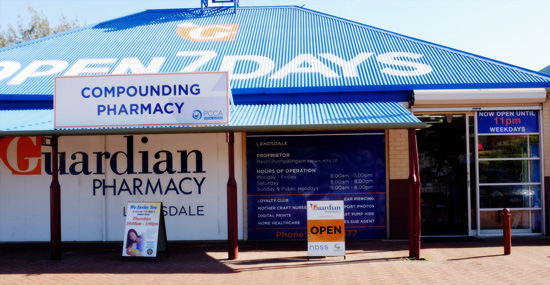Welcome

Compounding is the Art and Science of Creating Personalized Medications
Pharmacy compounding is the art and science of preparing personalized medications for patients. Compounded medications are “made from scratch” – individual ingredients are mixed together in the exact strength and dosage form required by the patient. This method allows the compounding pharmacist to work with the patient and the prescriber to customize a medication to meet the patient’s specific needs.
Find out more about compounded medications:
- Specialty Compounding: Compounding is a useful tool in varied areas of medicine
- Alternative Medication Forms: Making medications more effective and easier to take
- Compounding Answers: Answers to common compounding questions
A Brief History of Compounding
At one time, nearly all prescriptions were compounded. With the advent of mass drug manufacturing in the 1950s and ‘60s, compounding rapidly declined. The pharmacist’s role as a preparer of medications quickly changed to that of a dispenser of manufactured dosage forms, and most pharmacists no longer were trained to compound medications. However, the “one-size-fits-all” nature of many mass-produced medications meant that some patients’ needs were not being met.
Innovative Compounding Technology & Techniques Meet Patient Needs
Fortunately, compounding has experienced a resurgence as modern technology and innovative techniques and research have allowed more pharmacists to customize medications to meet specific patient needs. Trained, PCCA member pharmacists can now personalize medicine for patients who need specific:
- Strengths
- Dosage forms
- Flavors
- Ingredients excluded from medications due to allergies or other sensitivities
